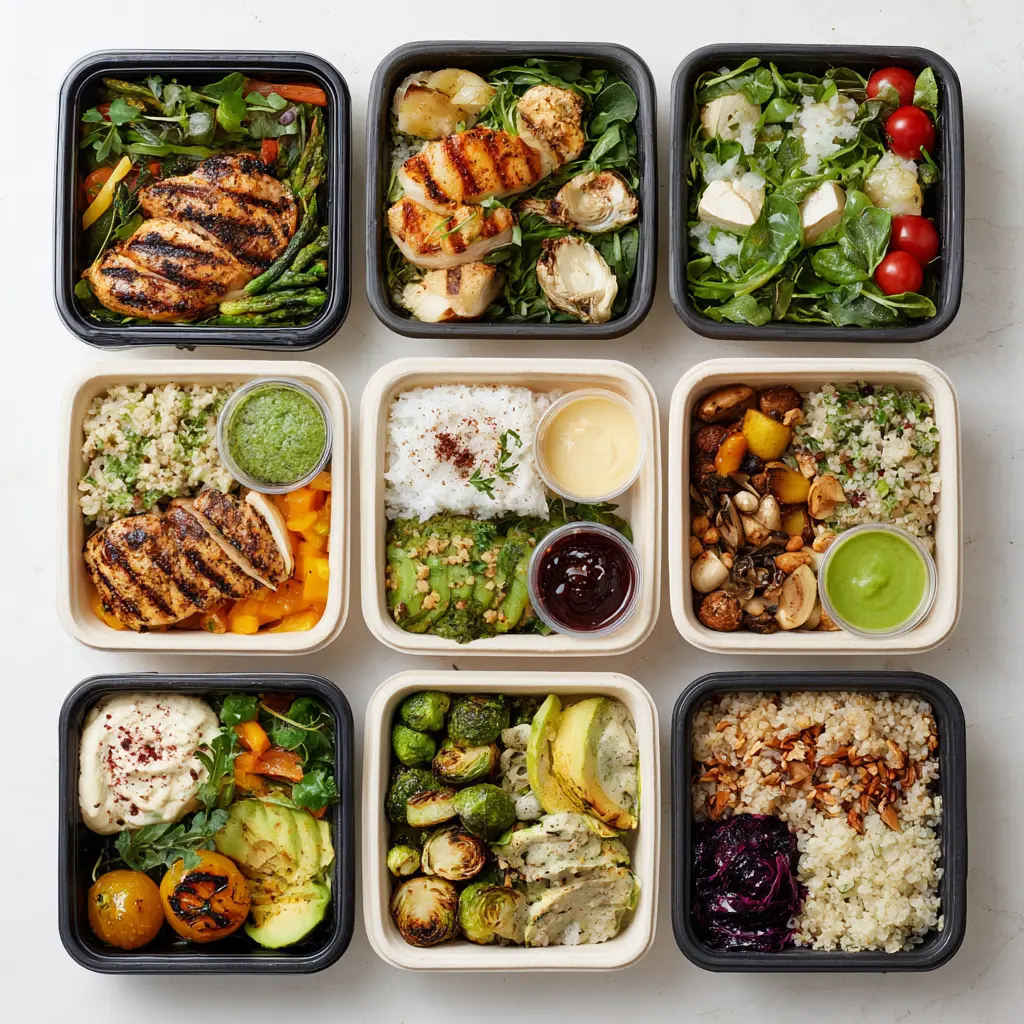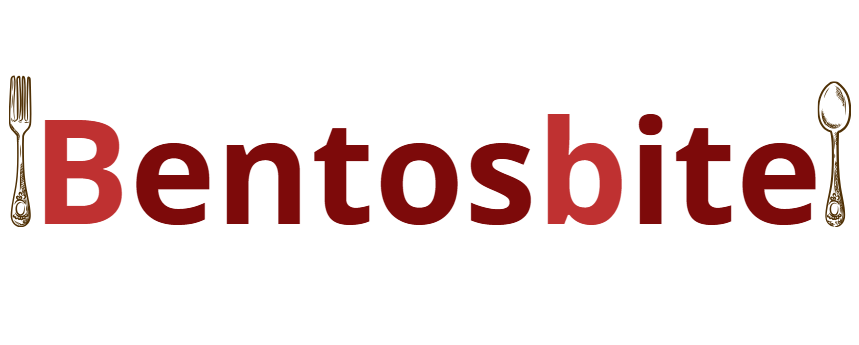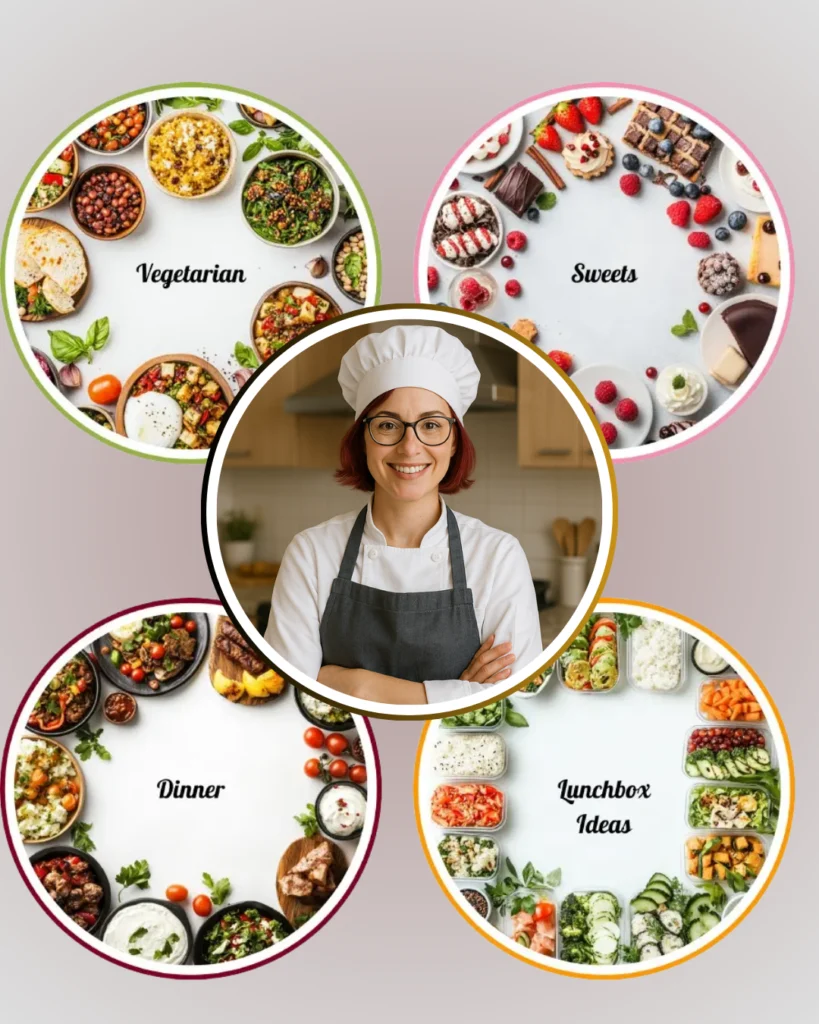A healthy lunchbox doesn’t have to be boring or complicated. With the right balance of ingredients, smart containers, and a few time-saving habits, you can pack meals that are tasty, filling, and safe to eat. Whether it’s for work, school, or a day out, this guide will help you build a lunch routine that works every time.

What You’ll Find in This Guide
- Why lunchboxes matter for health, savings, and convenience
- Essential lunchbox gear for fresh and safe meals
- How to balance nutrition with simple food groups
- Time-saving prep tips that fit busy mornings
- Food safety tips to keep meals fresh all day
1. Why Packing Lunchboxes Matters
Packing your own lunchbox saves money, supports better nutrition, and makes life easier. Buying lunch every day adds up quickly, while preparing meals at home can cut weekly food costs in half. More than saving money, homemade meals give you full control over the quality and balance of what you eat. You decide the portions, ingredients, and flavor. A ready lunchbox also brings peace of mind on busy days, saving you from long lines or quick, unhealthy choices.
2. Essential Lunchbox Gear
The right gear keeps meals fresh and enjoyable. Sturdy leakproof containers are a must, especially bento boxes that separate different foods. Thermal flasks work well for keeping soups warm or smoothies chilled until lunchtime. Ice packs are essential when packing items like dairy, eggs, or meat, as they prevent food from spoiling during the day. Don’t forget reusable cutlery and napkins, which make eating anywhere simple while reducing waste.
3. Balancing Nutrition in a Lunchbox
A well-packed lunchbox should cover all main food groups. Think of each meal as a formula with the right balance:
- Protein: chicken, tuna, tofu, eggs, beans
- Carbs: brown rice, whole-grain wraps, pasta, quinoa
- Veggies: raw carrots, cucumbers, bell peppers, leafy greens
- Healthy Fats: nuts, seeds, avocado, olive oil dressing
👉 Example Bento: grilled chicken, quinoa, steamed broccoli, avocado slices, Ranch Roasted Chickpeas and a fruit cup.
4. Time-Saving Prep Tips
Prepping ahead makes lunchbox packing stress-free. Batch cooking works best prepare staples like rice, pasta, or roasted chicken on the weekend, then mix them with fresh veggies during the week. Packing at night saves busy mornings; just fill containers while cleaning up dinner. A rotation of proteins and sides prevents boredom, making meals feel fresh without much extra effort.
5. Food Safety Tips
Food safety matters as much as taste. Keep hot meals hot by using thermal flasks and cold foods fresh with ice packs. Store cut fruits and veggies in sealed containers to prevent spoilage. If packing mayo, eggs, or dairy, add extra cooling to stop bacteria growth. When a fridge isn’t available, aim to eat within 4–5 hours.
Extra Tips & Fixes
Lunchboxes don’t have to be dull. Fresh herbs, salsa, or sesame oil can add flavor in seconds. For extra crunch, add roasted chickpeas, crackers, or apple slices. Leftovers also make excellent lunches last night’s pasta or roasted veggies can quickly turn into a new meal the next day.
Storage & Serving
Store prepared lunchboxes in the fridge overnight to keep them fresh. Cold meals can be eaten as they are, while hot ones can be reheated if safe. Washing containers right after use helps avoid stains and odors, making them last longer.
FAQs About Lunchboxes
Can I freeze lunchboxes?
Yes, but freeze only items like cooked rice, pasta, or protein, not delicate vegetables.
How do I keep food crunchy?
Pack dips or dressings in separate small containers and add them just before eating.
Is a bento box only for kids?
No, many adults use them because they’re practical for work and help with portion control.
Can I meal prep for 5 days?
Yes, but keep delicate items such as fruit or leafy greens separate and add them fresh each morning.
Wrap-Up
Packing a lunchbox is more than saving money it’s about eating better, feeling prepared, and avoiding food waste. With simple gear, balanced nutrition, and smart prep habits, anyone can pack meals that are fresh, safe, and enjoyable. For more healthy meal prep guides, visit our section on quick and nutritious recipes. This is healthy, satisfying, and supports smart cooking habits that align with USDA home cooking principles.

